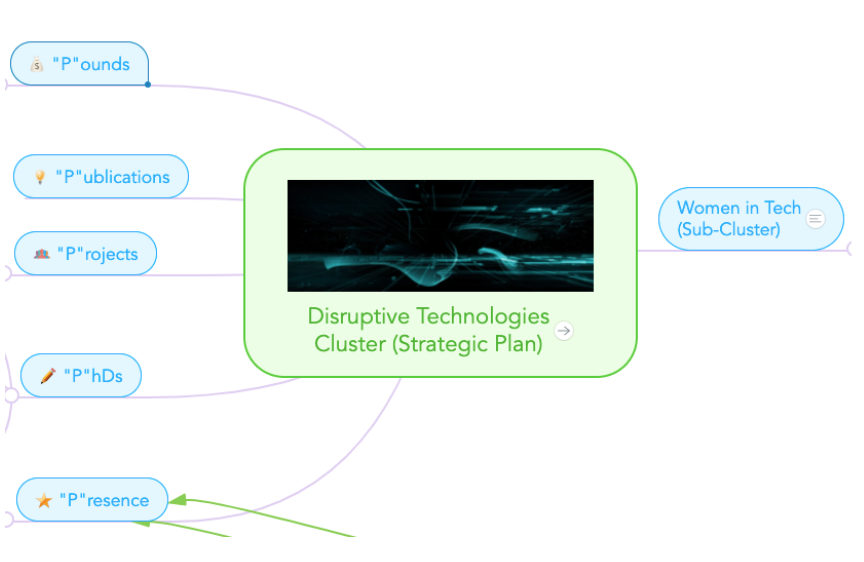

A number of recent studies tell a pretty dismal story of gender imbalance in the tech sector. For some hard figures, a recent survey of 1500 women working in tech, conducted by Women in Tech, found that only 1 in 6 tech specialists are women, and sadly only 1 in 10 women are IT leaders. Accenture and Girls who Code, found that 50% of women leave the tech sector at a rate of 45% higher than men, with 50% leaving their tech career by the age of 35 years.
In the UK, 19% of women are employed in tech jobs, despite women making up 49% of the overall workforce in the country, Tech Nation data shows. ‘Lack of tech diversity’ has been a raised issue, putting into the agenda of career market.
WWDC explained in one photo. pic.twitter.com/fm8jAqEs4v
— Dan Ackerman (@danackerman) June 10, 2013
Based on our observations and experience over a decade in Higher Education working as programme leaders of BSc/MSc in Digital Business, female students are much less than male students at both Undergraduate and Postgraduate Taught/Research levels and there has been no increases over time. The situation is even more obvious in technology-related degrees in e.g. School of Science, Engineering and Environment (SEE), with a couple of female students in one class. “For years women have been underrepresented in STEM (science, technology, engineering and mathematics) university courses and occupations”, as discovered by Women in STEM statistics.
What has stopped women from stepping into the technology field?
After a series of informal interviews with female colleagues, students and friends around, we found these reasons:
Lack of confidence
You have probably heard of ‘imposter syndrome’, if you haven’t – it is when you think that your successes or your current role you have recently gained hasn’t been achieved by merit and that you may not deserve it. It is more common that you think research indicates it happens much more in women than in men. Sadly imposter Syndrome is often accompanied by anxiety and depression, in a recent survey from Paychex, 67% of women felt undervalued. Our message is YOU are good enough!
Unclear about the concept of ‘Technology’
Yes, technology is important to almost all of the organisations nowadays. But what exactly does ‘technology’ mean? It does not only refer to hardware development or computer programming. Issues around technology application, management and support are also essential. Technology is a multidimensional concept and needs multiple skills. Actually, sometimes women are more suitable for certain technology jobs than men, especially for human-centred technology.
Lack of role models
The number of disappearing women leaving the tech at key career stages (35 years) is not a new phenomenon, a Salford study conducted 15 years ago, tells us that not much has changed over that time. This has many repercussions for early career stage women in the sector. When looking around their workplace it is difficult to find a role model, or a mentor for support. The lack of women in senior roles demonstrates problematic career trajectories and female unfriendly workplaces.
Inflexible working conditions
Can a work life balance be truly achieved now that working from home or hybrid working is becoming the norm as we come out of lockdown? The reality is, that true flexible and part-time working conditions are not common in the tech sector, and what is described as the ‘motherhood penalty’ is massively disadvantaging women in their career aspirations and their earnings. Staggeringly, a recent World Economic Forum’s Global Gender Gap Report 2020, found that the global gender gap in various industries, as well as tech, is not expected to close until 2120. Yes that is 2120 (it is not a typo)
How can our ‘Women in Tech’ (WiT) sub cluster address these challenges?
Women in Tech (WiT) is the sub-cluster of Research Cluster for Disruptive Technology at Salford Business School. Working with staff across the University, industrial partners, communities in the similar field, the sub cluster aims to address challenges discussed above. The priorities of WiT are:
- To raise awareness of the importance of diversity and inclusiveness. We need to address the imbalance of female students, researchers and practitioners involved in technology fields.
- To serve as a communication, experience sharing platform and networking for women who have passion in technology.
- To build confidence and enhance employability skills for women to work in the technology field.
- To contribute to the five ‘P’s of Research Cluster for Disruptive Technology (i.e. Pounds, Publications, Projects, PhDs and Presence)

Since its establishment in March 2021, WiT has held its initial meeting with staff of Salford Business School (SBS) and School of Science, Engineering and Environment (SEE) to brainstorm a strategic roadmap to take the sub-cluster forward. Some exciting ideas were proposed in the meeting, such as holding regular lunchtime digital roundtables to involve women in the discussion of disruptive technologies; continuous blogging and research on projects undertaken by women in the technology field to inspire other females.
Strategic roadmap of Disruptive Technologies Cluster where WiT is sitting
WiT has received overwhelming support from the University and industrial partners, such as Athena SWAN, the STEMinists of Salford, Our Launch incubator, Maker Space and female managers in the tech industry. A communication strategy to bring together the efforts people have brought to Women in Tech field is essential to push this sub-cluster forward in the most efficient way.
What can WiT sub-cluster bring you?
- Involvement of live projects, working with people in other fields. We have successful projects to involve our female undergraduate in the REF project, such as Arts for Blue with School of Health and Society, to help with online presence development of the project.
- Talking to industrial practitioners and role models. WiT has a wide network and supporters with the tech industry.
- Attending WiT webinar and workshops (e.g. our recent disruptive tech event on blockchain and NFTs with two inspirational female entrepreneurs) (see below).
So – how do I get involved?
If you are a student, staff or industry collaborator interested in the new WiT sub-cluster in any way, please contact Dr Yun Chen and Dr Marie Griffiths.